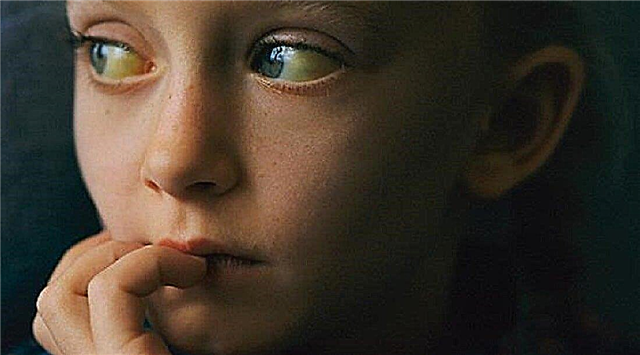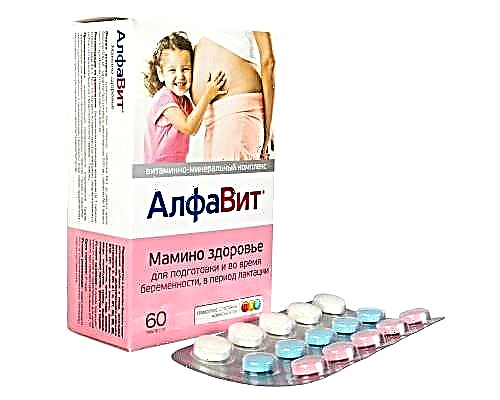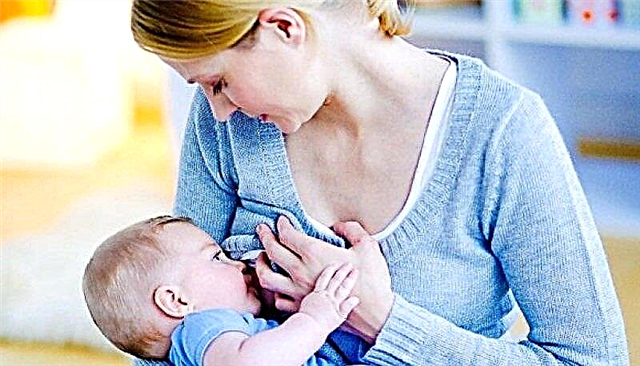
Many mothers listen to the breathing of a sleeping baby, and they do so, guided by an ancient instinct. Night breathing can tell a lot. Restless breathing is a sign of sleep disturbance, and pauses in breathing can be a sign of apnea in children.
About pathology
Short pauses in breathing are called sleep apnea syndrome. This is a dysfunction of the respiratory system, which is manifested by systematic short cessation of breathing in a sleeping toddler.... In addition to episodes of respiratory arrest, sleep apnea is characterized by nighttime snoring and lethargy and drowsiness during the day.
Sleep apnea syndrome is considered a potentially life-threatening baby. If pauses in night breathing exceed 10 seconds in time, then the child has a rather pronounced hypoxia (lack of oxygen). Along with the oxygen deficiency, the need for which is high at any time of the day, the level of carbon dioxide in the child's blood rises. Both of these factors have a hyper-stimulating effect on the state of the brain, which leads to the fact that the baby often wakes up at night, does not get enough sleep, and feels overwhelmed and tired.
During the night, boys and girls with a mild form of sleep apnea can experience up to 5 stops of breathing per hour, in severe forms of the disorder, up to hundreds of episodes can be observed in 60 minutes. If you add up all the pauses and calculate the total time of breathing disturbance, sometimes it turns out to be up to 3 hours. Apnea is considered the most common cause of sudden infant death during sleep.
Physiological apnea does not threaten the child's health, they do not exceed the frequency of 5 episodes per hour, and each respiratory pause lasts no more than 10 seconds.

Causes
There are still many incomprehensible and not obvious reasons for the development of apnea in infants and older children. But this issue is dealt with by specialists in the field of somnology and otolaryngology.
In newborns, apnea can be caused by congenital insufficiency of the respiratory center, while the skin of the baby is cyanotic, and respiratory pauses in sleep in babies occur against the background of the absence of pathologies from the lungs or heart. Such apnea, like those that occur after a head injury, are called central apneas.
There is also a large group of obstructive sleep apnea, which develops in children with overweight, hormonal disorders, impressionable and nervous babies. Apnea is also hereditary.

The main causes of the occurrence, known today, are as follows.
- Premature birth - it is in babies who were born before the 37th week of pregnancy that primary immaturity of the respiratory center is most often found. Premature babies usually develop central apnea.
- Maxillofacial pathologies with a congenital small jaw, with other congenital forms of violations of its anatomical structure.
- Pathologies of the heart, blood vessels, nervous system... With some malformations of the heart or circulatory diseases, hypoxia can be caused at the cellular level, which also affects the functioning of the respiratory system during sleep.
- Birth trauma... The real cause of sleep apnea can lie in any trauma a baby has suffered during childbirth. As a rule, if these are disorders of the central nervous system, then apnea is central.
- Mom's bad habits - I mean smoking, alcoholism, taking drugs while carrying a baby. The likelihood of apnea after birth in children of such mothers exceeds 30%.


If we talk about children over the age of one year, then the most common causes of apnea are the following situations:
- overweight and obesity - cessation of nocturnal breathing caused by the deposition of adipose tissue on the soft palate, uvula;
- respiratory diseases - most often, sleep apnea syndrome develops in children with adenoids, chronic forms of rhinitis, when unhindered nasal breathing becomes inaccessible;
- hormonal disorders - most often, the increased function or insufficient function of the thyroid gland, as well as diabetes mellitus, act as a risk factor;
- infectious diseases - in this case, anoe can develop not only with acute respiratory disease, but also with systemic diseases, for example, with sepsis;
- metabolic disease - deficiency in the body of a toddler or preschooler, schoolchildren of magnesium, calcium quite often leads to sleep apnea;
- medicines - drugs that can potentially cause apnea in a child include hypnotics, powerful sedatives, as well as some antihistamines, for example, "Fenistil", if given to a child under one year old.
What happens for any of these reasons is easy to imagine: pharyngeal collapse occurs in the deep phase of sleep. At the level of the pharynx, the airways collapse. The lack of oxygen by the brain is felt instantly, it gives the command to "wake up", and the child wakes up. Breathing is restored, he falls asleep again, and so on until the next episode of apnea.

Symptoms and Signs
The main symptom of pathology is intermittent, restless sleep. Parents of a baby can detect the problem faster, since most often a baby cot is placed up to 2-3 years old in the parent's bedroom. If a child is 5 years old or more and sleeps separately, then you need to pay attention to the fact that in the daytime the child is lethargic, apathetic, he does not get enough sleep, complains about it. Apnea is almost always accompanied by snoring. Children with this pathology sleep restlessly - their bed is always "gathered" in a heap.
In the morning, the child has complaints of headaches, he wants to sleep in the daytime, his activity, curiosity, and ability to learn decrease. The child is irritable, whiny, it is difficult for him to concentrate attention and remember new information.
In children, apnea is quite often combined with disorders such as enuresis, severe sweating during sleep. They can fall asleep in the most bizarre positions. You can often notice that the child breathes through the mouth during the day.


Effects
Apnea negatively affects daily life and its quality. A child who sleeps at night is inattentive and absent-minded during daylight hours, which increases the likelihood of injuries, falls, accidents.
Apnea increases the likelihood of developing hypertension, heart rhythm disturbances. Also, this problem noticeably worsens the course of all respiratory ailments, and children often get sick with them.

What to do?
Waiting for apnea to clear up by itself is dangerous.
If the facts of respiratory arrest in a child's sleep are found, parents should show the child to a pediatrician.
The doctor will weigh the child, establish his body weight, determine if the child is obese, measure the pressure and give a referral to the ENT doctor. Evaluation by an otolaryngologist plays an important role - it is imperative to identify the mechanical factors by which the upper respiratory tract in a dream falls beyond measure.
Children undergo polysomnography - simultaneous registration of electrical potentials for 8 hours or more, or a polygraphic study is prescribed, in which heart rate, nasal breathing are recorded during one night, snoring episodes are determined.


How is it treated?
For the treatment of apnea in childhood, a large list of medications is used. There are also non-drug methods. It is permissible to use the advances in surgery, but only to eliminate the main cause of respiratory dysfunction during sleep. If a child has a mild form of pathology, he is strongly advised to go to bed with his head elevated. Also, parents are encouraged to teach the baby to sleep on its side.avoiding the supine position.
Be sure to treat ENT diseases that were identified as a result of the examination. It is recommended for overweight children to reduce this parameter.... There are many different devices that can help your baby sleep more comfortably - tongue holders, jaw extenders. These orthopedic devices can also be recommended.
Prevention of child sleep apnea includes monitoring the weight of the child, timely treatment of the common cold and other respiratory diseases.

First aid
Parents who have experienced childhood apnea know very well that it looks quite frightening, but it is not so much short-term cessation of breathing that is dangerous, but prolonged apnea. Any child with such a problem can become a victim of a prolonged form of respiratory arrest, which puts his life at risk. Therefore, doctors (and Dr. Komarovsky is no exception) recommend knowing how to provide first aid in case of prolonged respiratory arrest.
Call an ambulance". At the same time, place the child on a horizontal surface, see if there is something foreign in the mouth. If the oral cavity is clean, shake the child, pinch, rub the palms and heels - it is important to wake him up, because with awakening the cessation of breathing passes.
If the actions of the parents did not help bring the child to consciousness, breathing did not recover, it is necessary to carry out cardiopulmonary resuscitation at home, to do an indirect heart massage in combination with artificial respiration. After an attack, the baby must be examined by doctors.


For more information on infant sleep apnea, see the next video.



